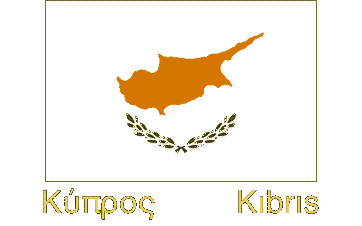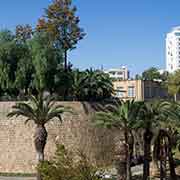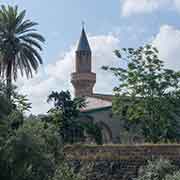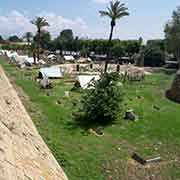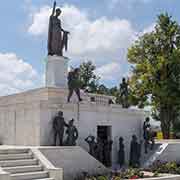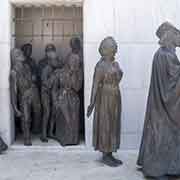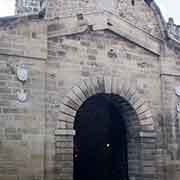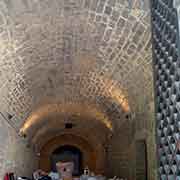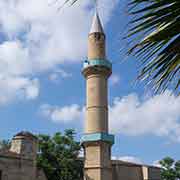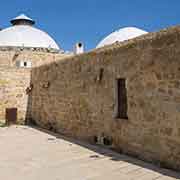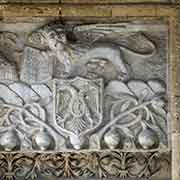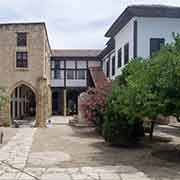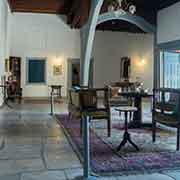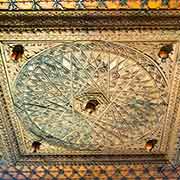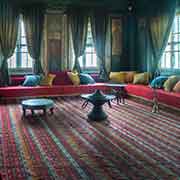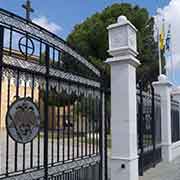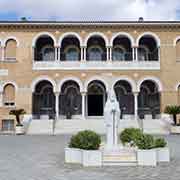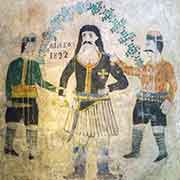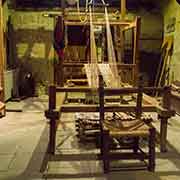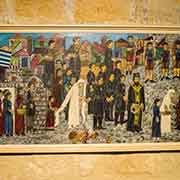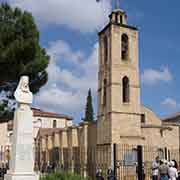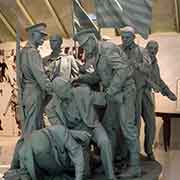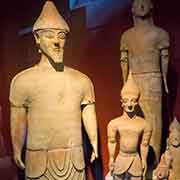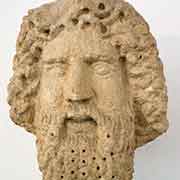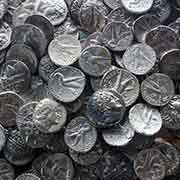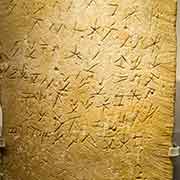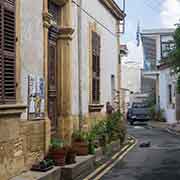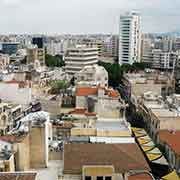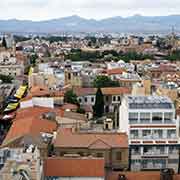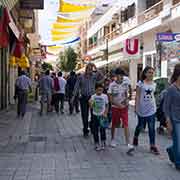Photos of Nicosia, Capital of the Republic of Cyprus
Nicosia, Capital of the Republic of Cyprus
Nicosia, or, in Greek, Lefkosia (Λευκωσία), is the capital and largest city of the republic. Following the intercommunal fighting between Greek and Turkish Cypriots, the two communities were segregated into the south and north of the town. After Turkey invaded the island in 1974, this became a militarised border. North Nicosia, using the Turkish name Lefkoşa, now is the capital of the internationally unrecognised State of North Cyprus.
you may then send it as a postcard if you wish.
The area has been inhabited for over 4,500 years, and around 1050 BCE, Achaean Greeks founded a city-state here. It was named Ledra, one of twelve kingdoms of ancient Cyprus, but that didn’t last long. It remained a small town until Cyprus became part of the Byzantine Empire and a bishopric in the 4th century CE. From that time, it was named Lefkosia or Kallenikesis. Cyprus’ capital had been Salamis, but after its destruction by Arab raiders in 647, it was decided by the Byzantine Empire in 965 that Lefkosia would be the island’s capital. It remained the capital of the Kingdom of Cyprus, from 1192 until 1489, ruled by Frankish Lusignan kings. City walls were constructed, and the gothic St. Sophia cathedral (now converted into a mosque) was built in the north of the city. The name “Nicosia” dates from this time: apparently, the French-speaking crusaders could not or would not pronounce the Greek “Lefkosia” and said “Nicosie”; this was later, under Venetian rule, translated into the Italian sounding “Nicosia”, and this remained the name the city was known as internationally.
During the last century of Lusignan rule, the city suffered from occupation, first by the Republic of Genoa and then by the Mamluk Sultanate of Egypt. In 1489 Cyprus came under the control of the Republic of Venice. Because of the threat of the nascent Ottoman Empire, the Venetians fortified the cities of Cyprus. In 1567 they built the walls with its eleven bastions that are well-preserved to this day. But it was in vain: in 1570, the Ottomans invaded the island. They entered Nicosia on 9 September that year after a 40-day siege during which 20,000 of the 21,000 inhabitants died. They looted every palace, public building and church and converted the latter into mosques. They settled thousands of Turks from Anatolia in the city, with most of them in the north. Most Greek Cypriots remained in the south and built the Archbishopric of the Orthodox Church there. This building is now the Cyprus Folk Art Museum, next to the new official residence and office of the Archbishop of Cyprus, built between 1956 and 1960.
There are still many reminders of Ottoman days in old Nicosia. Mosques, after vandalism during the intercommunal violence in the sixties, have again been restored. There are narrow atmospheric alleys, wonderful museums and monuments of the struggle by the Greek Cypriot EOKA members against the British. And now Ledra Street, named after the first city-state that existed here 3,000 years ago, leads to the checkpoint where you can enter the Turkish north of this city.


